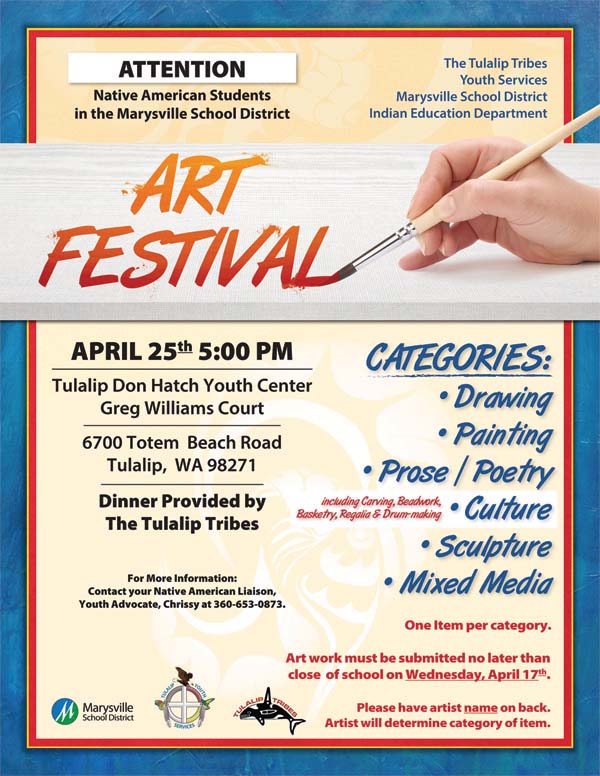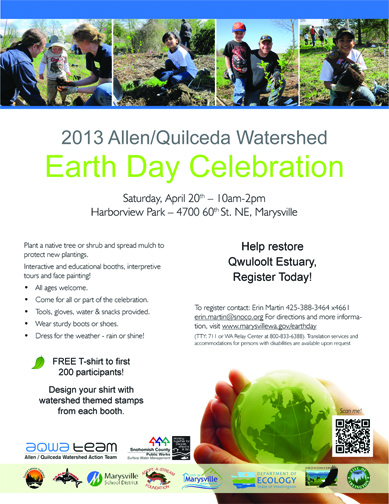By Vincent Shilling, Indian Country Today Media Network
Dennis Deninger, an Emmy-winning production executive, was one of the first coordinating producers of ESPN’s SportsCenter. He has produced live sports television from six continents and across the United States; he has currently set his sights to produce a documentary entitled America’s First Sport, on the history of lacrosse.
In an interview with ICTMN, Deninger, who is also a professor of practice in sports management at Syracuse University, talked about what he has learned in the process of making the documentary, and where he sees lacrosse going in the future.
How did your film get started?
I started teaching a course in the fall semester of 2012 called the History of Sport. We took students from the first accounts of sport being observed in the United States—which was lacrosse, when the Jesuits saw it in the 1630s for the first time—all the way up through the first Kentucky Derby, the origins of baseball, the invention of basketball, Teddy Roosevelt’s role in founding the NCAA and up to the present
Legends of the sacred game: Deninger with Jacques, left, Chief Powless, top, and Stenersen. (Courtesy Dennis Deninger)
day. That was the first two months of the semester—the last month of the semester, we focused on one topic. This year it was lacrosse. Each of our 15 students had to do a final research project that focused on lacrosse, and we’ve taken that research and hired a production company to work with us.
Who have you interviewed for the documentary?
We are not completely done, but we have interviewed 46 people so far. It’s going to be tough because this is only a one-hour documentary, so nobody gets to talk for more than a minute. We have strict rules here. [Laughs.] We’ve been to Baltimore to interview Steve Stenersen, the president and chief executive officer of U.S. Lacrosse. I interviewed Neal Powless who is an assistant director of the Native Student Program here at Syracuse; I also interviewed [Onondaga] Chief Irving Powless. There is a long list of lacrosse standouts in the Powless family. We also visited Alf Jacques, an Onondaga lacrosse stick-maker. It’s amazing to watch the stick being created—we were in the workshop for a few hours.
I talked to a number of Native American players and coaches, including Darris and Rich Kilgour [Tuscarora Nation] of the Buffalo Bandits in the National Lacrosse League. We’ve talked to women and men players. There is a young man who is a freshman at Onondaga Community College, Warren Hill, a goalie for the Iroquois Nationals. He grew up on Six Nations in southern Ontario. He is an all-world goalie and so humble about his accomplishments.
We sat down with Stan Cockerton, the president of the Federation of International Lacrosse. We found out about the effort to make lacrosse an Olympic sport again. We spoke with Jim Calder who is a co-author of Lacrosse, The Ancient Game. I spoke with Curt Styres, the owner of a Major League Lacrosse and a National Lacrosse League franchise. I also talked to him about the Lacrosse for Development Program, which is helping to fund an effort to put hundreds of sticks into the hands of indigenous young people to develop their knowledge of the ancient and sacred origins of the sport.
I have heard [Onondaga Turtle Clan Faithkeeper and Iroquois Nationals honorary chairman] Oren Lyons speak, and we are still waiting to interview him. I don’t want to go on without having his voice in this.
One of the longest interviews was with Chief Powless in his home. He is in his 80s now and confined to a wheelchair. We talked for over an hour and he told me wonderful stories of when he was 144 pounds playing against [NFL and lacrosse legend] Jim Brown. He talked about his knowledge of the hip bump and how he knocked Jim Brown on his back. When we stopped the interview, he says ‘Dennis, is that it? There’s so much more to tell!’ And that is true, there is so much more to tell.
When is this film due to be finished?
It will serve as the centerpiece for a symposium we are planning at Syracuse University on April 22 (Read more: ‘America’s First Sport’ Lacrosse Documentary Premiere and Symposium TODAY). We will play the film and have guests talk about the current state of lacrosse and the issues it faces, and where it is headed. We are hopeful to get an air date on the local PBS station and beyond that. We set our standards pretty high. If it goes beyond the local PBS station, that would be wonderful.
Where do you see lacrosse going?
I see a distinct trend toward making it more diverse. It separated in the 1860s and 1870s, when the Europeans set down rules. They said the Natives are professionals and professionals can’t play—because they were too damn good! The sport separated at that time.
What is encouraging to me is to see lacrosse programs get diverse youth involved, the recognition Native players are getting and how there is an opportunity for the Iroquois Nationals to compete as a team at the Olympics beginning in 2024. How exciting would that be?
I think there are wonderful things that lie ahead for lacrosse.
Related story:
Cinderella Story: Iroquois Ironmen Win Creator’s Cup Lacrosse Title
Read more at http://indiancountrytodaymedianetwork.com/2013/04/22/emmy-winning-producers-doc-about-lacrosses-native-origins-148950


















